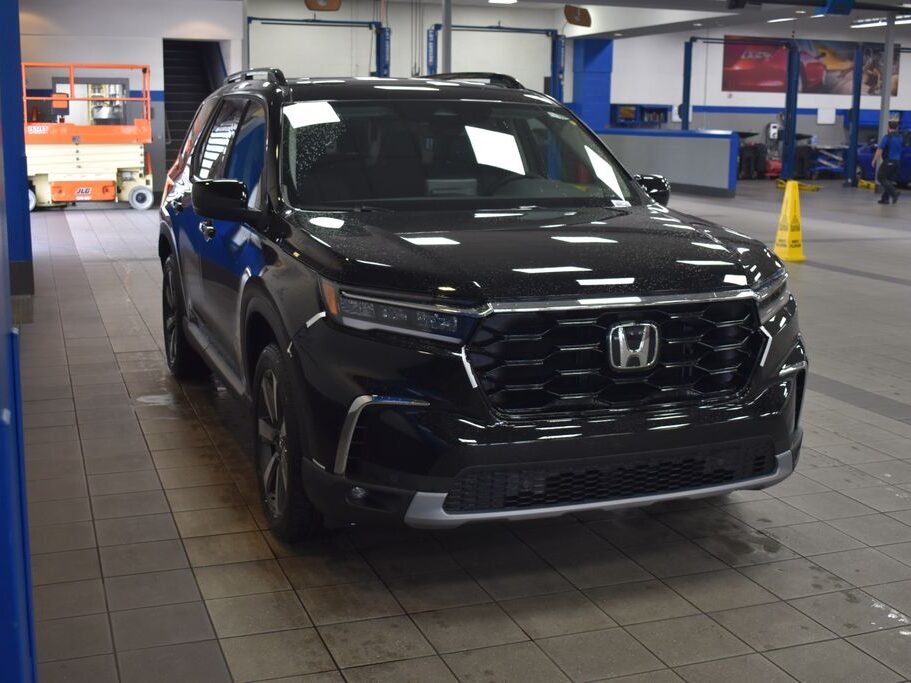Introduction:
The Honda Pilot has long been a stalwart in the SUV market, renowned for its reliability, spacious interior, and overall versatility. However, not all late-model used Honda Pilots are created equal. While many offer exceptional value and performance, there are some lurking in the market that fall short of expectations, concealing hidden pitfalls that unsuspecting buyers may overlook. In this exploration, we delve into the factors that distinguish a problematic late-model used Honda Pilot from its peers.

Transmission Woes:
One of the most significant issues plaguing certain late-model used Honda Pilots is transmission problems. While Honda has a reputation for producing vehicles with robust transmissions, some Pilots, particularly those from model years 2016 to 2019, have been reported to suffer from transmission issues. These problems can manifest as rough shifting, hesitation, or even complete transmission failure. The root cause often lies in faulty torque converters or software glitches, leading to costly repairs and diminished driving experience.
Infotainment Frustrations:
Modern vehicles increasingly rely on sophisticated infotainment systems to enhance the driving experience. However, certain late-model used Honda Pilots have been criticized for their outdated and glitch-prone infotainment interfaces. Models from 2016 to 2018, in particular, have received complaints about slow response times, freezing screens, and connectivity issues with smartphones. For tech-savvy buyers who prioritize seamless integration and user-friendly interfaces, these shortcomings can be a significant deterrent.
Lackluster Fuel Efficiency:
While the Honda Pilot is generally lauded for its fuel efficiency within its class, not all late-model used variants live up to this reputation. Some owners of Pilots produced between 2016 and 2020 have expressed disappointment with their vehicle’s gas mileage, especially in urban driving conditions. Factors such as a heavier curb weight, less aerodynamic design, and suboptimal engine tuning in certain models contribute to this underperformance. For budget-conscious buyers concerned about long-term operating costs, the lower-than-expected fuel efficiency of these Pilots can be a deal-breaker.
Suspension Struggles:
A smooth and composed ride is a hallmark of the Honda Pilot driving experience. However, some late-model used Pilots have been plagued by suspension issues, particularly those manufactured between 2017 and 2019. Owners have reported symptoms such as excessive body roll, rattling noises over bumps, and premature wear of suspension components. These issues not only compromise ride quality and handling but also raise concerns about long-term durability and safety.
Quality Control Quandaries:
Despite Honda’s reputation for high build quality, certain late-model used Pilots have raised questions about the company’s quality control standards. Reports of inconsistent panel gaps, interior rattles, and premature wear on trim pieces have surfaced among owners of Pilots from various model years. While these issues may seem minor compared to mechanical or electrical problems, they detract from the overall ownership experience and cast doubt on the vehicle’s long-term reliability.
Conclusion:
While the Honda Pilot remains a compelling choice for buyers seeking a dependable and family-friendly SUV, not all late-model used examples are created equal. Prospective buyers should exercise caution and diligence when evaluating potential purchases, paying close attention to factors such as transmission performance, infotainment reliability, fuel efficiency, suspension integrity, and overall build quality. By being aware of the hidden pitfalls that may lurk beneath the surface, buyers can make informed decisions and avoid potential headaches down the road.
